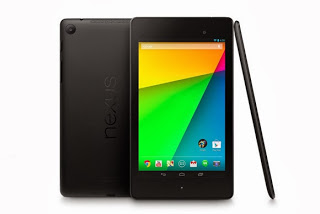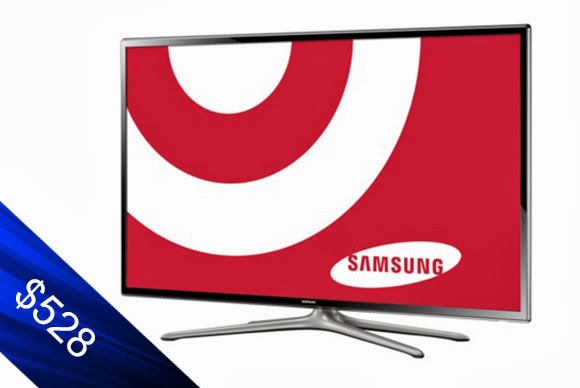Falling prices on TVs and 7-inch Android tablets helped boost Black Friday sales to nearly $5 billion, NPD reported Wednesday. The retail analyst firm added that sales of “stocking stuffer” accessories also showed dramatic growth from a year ago.
All told, sales during Black Friday week (Nov. 24 through Nov. 30) increased nearly 10 percent compared with a year ago, the firm found. One of the only laggards during the period was the slowdown in Windows sales, which dropped off by more than 10 percent compared to 2012.

TVs and tablets generated the most revenue of any category measured by NPD, prompted in part by what appears to be the migration of low-end TVs into what might be called impulse buys. Retailers polled by NPD reported $1.4 billion in TV sales during that one week alone, up 5.6 percent, with units climbing more than 16 percent to 4.7 million units. Interestingly, both high-end and low-end TVs flew off the shelves, with 60-inch TV sales growing by 60 percent; the average price was a little more than $1000, down about $300 from a year ago. Vizio led with 55 percent of the 60-inch TV market. Samsung, then Sharp, trailed with 29 percent and 8 percent, respectively.)

But the average selling price of a 32-inch TV also plunged from $194 to $137, making it a fairly uncomplicated purchase for a bedroom or as a second monitor. That helped boost sales of 32-inch TVs by 40 percent.
Tablet sales boomed, as units increased by 105 percent and the category generated the second-highest revenue of any measured by NPD.
Drilling down through NPD’s numbers, however, unearthed the big winner of Black Friday: 7-inch Android tablets, which accounted for 80 percent of all Android tablet sales. Total Android tablet sales exploded 146 percent from a year ago, and revenues climbed 70 percent. But the prices tell the story: the average price of an Android tablet fell from $151 to $105, and the average price of the 7-inch tablets was just $82. That means a lot of $69 Android tablets will be under the Christmas tree this year, for better or for worse.
Overall, PC and tablet sales increased by 58 percent to almost 5.9 million units; however, notebook sales actually fell by 2 percent.
NPD found that Microsoft’s aggressive discounts paid off, with an 8 percent boost in Windows device sales as a whole. But Windows desktops and Windows notebooks fell 8 percent and 9 percent, respectively. So that left Apple to pick up the slack: thanks to its own holiday sales, sales were up 34 percent in notebooks, 51 percent in tablets and 277 percent in desktops, NPD found.
Tech stocking-stuffers gaining, too
NPD also found that more shoppers began plowing back any savings in the tablets and other devices with additional purchases in accessories and cheaper devices. And not only are consumers buying more headphones and sound bars, but they’re spending more, too.
Stephen Baker, the analyst in charge of the report, provided some examples on a related blog: the average price paid by a shopper for a multi-function inkjet printer prices was up 23 percent, PC monitors were up 2 percent, and memory cards climbed 30 percent from a year ago (but just to $13).
“To sum up we saw encouraging industry signs in this Black Friday report,” Baker wrote. “Revenue growth across all the major large categories and accelerating revenue increases in the fastest growing mid-size categories, all combined with a slowing in revenue declines in some of the legacy categories, with the end result that Black Friday week sales delivered an impressive start to the holiday season.”This post first appeared on PC World